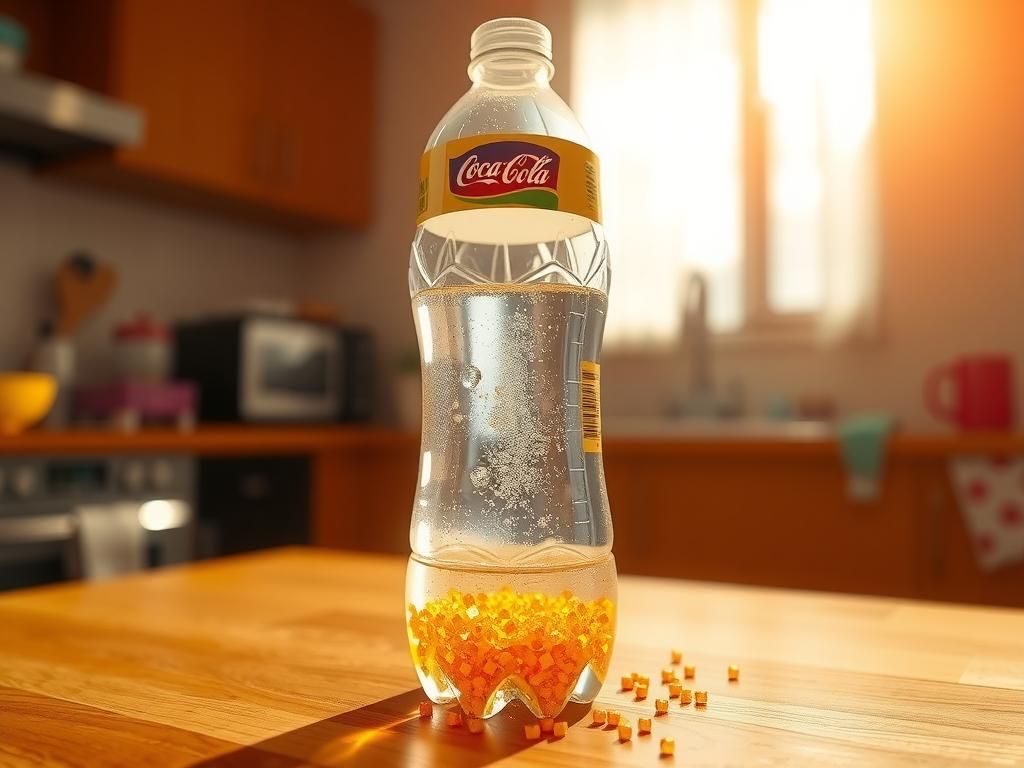Are You Drinking Plastic with Your Water? The Hidden Dangers of Bottled Water
Bottled water consumption has become a daily habit for many. With convenient packaging and a perception of purity, it’s hard to resist reaching for a cold bottle on a hot day. However, research reveals that this seemingly innocent choice may expose you to bottled water and toxins. In this article, we delve into the concerning implications of plastic bottles, particularly those produced by major brands like Nestlé and Coca-Cola, and how they can leach harmful chemicals into your water.
The Risks of Bottled Water: What You Need to Know
When you sip from a plastic bottle, you might not be aware of the invisible dangers lurking inside. The primary culprits are chemicals like bisphenol A (BPA) and phthalates, known for their ability to migrate from plastic to the liquid within. Moreover, bottled water is often stored and transported under varying conditions, which can accelerate the leaching process.
Research shows that:
Understanding the dynamics of bottled water safety is crucial for making informed decisions about your hydration choices.
How Do Toxins Leach into Bottled Water?
Several factors contribute to the leaching of toxins from plastic bottles:
Temperature: Plastic is particularly sensitive to heat. When bottles are stored in warm environments, like cars under the sun, the risk of harmful chemicals leaching into the water increases significantly.
Time: The longer a bottle of water sits on the shelf, the greater the potential for toxins to seep into the liquid. Studies suggest that bottled water stored for long periods can have increased levels of phthalates.
Type of Plastic: Different plastics have varying chemical compositions, affecting how they react over time. Bottles made from polyethylene terephthalate (PET) are common, but they may break down more easily than those made from safer materials.
It’s important to check labels and be aware of the type of plastic being used when purchasing bottled water.
Eco-Friendly Alternatives to Bottled Water
The alarming reality of bottled water and toxins can seem overwhelming. Thankfully, there are healthier, eco-friendly alternatives to stay hydrated without the risks associated with plastic bottles. Here are some options:
Making the switch to safer hydration not only protects your health but also helps reduce plastic waste.
Real-Life Consequences: Toxins and Health Risks
A growing body of evidence underscores the potential health risks linked to bottled water consumption. In one study, researchers found that individuals who regularly consumed bottled water were exposed to higher levels of BPA, which is concerning given its association with reproductive health issues and metabolic disorders.
Another alarming case involved children who regularly drank from plastic bottles during summer camps. Healthcare providers noted an uptick in hormone-related health problems among these children.
Such stories exemplify the pressing need to reconsider our hydration choices. By understanding the risks posed by bottled water and toxins, we can take actionable steps toward better health.
Making Informed Choices About Hydration
The good news is that you can take charge of your health and hydration. By becoming more conscious of your water consumption habits, you can significantly reduce your exposure to harmful toxins. Here are some practical tips to get you started:
Taking these steps can make a meaningful difference in your health and well-being.
With the information shared in this article, it’s clear that understanding the relationship between bottled water and toxins is crucial. Making informed decisions about your hydration can help mitigate the hidden dangers of bottled water and protect your health for years to come.
FAQ
1. What are the health risks associated with BPA in bottled water?
BPA exposure has been linked to various health issues, including hormonal imbalances, cardiovascular diseases, and certain cancers. It’s crucial to reduce intake, especially from sources like plastic bottles.
2. How can I filter my tap water to ensure it’s safe?
Investing in a good-quality water filtration system can remove contaminants and improve the taste of your tap water, making it a healthier alternative to bottled options.
3. Are there brands of bottled water that are safer than others?
Look for brands that use BPA-free plastics and ensure that their sourcing and storage practices prioritize safety. However, remember that it’s best to reduce reliance on bottled water entirely.
—
Footnotes:
1. Pivnenko K., et al. (2019). Microplastics in bottled water: A systematic review. Journal of Environmental Science.
2. Vandenberg, L. N., et al. (2012). Hormones and endocrine-disrupting chemicals: how they work. Endocrine Reviews.
3. National Institute of Health. (2020). Phthalates. Environmental Health Perspectives.


